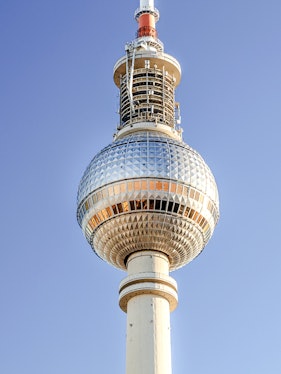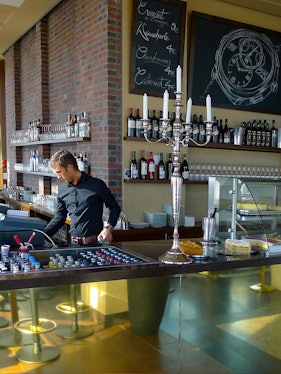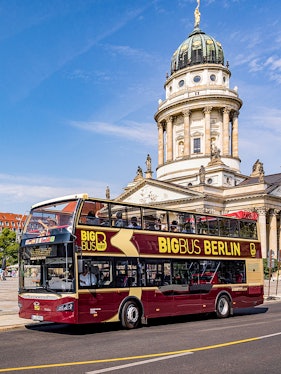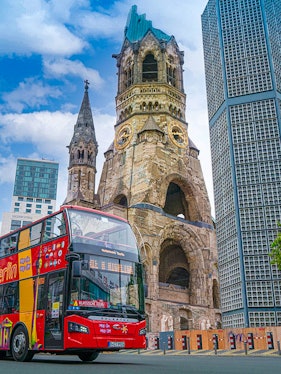- Berlin TV Tower
- Friedrichstadt Palast
- Tropical Islands
- Illuseum Berlin
- DDR Museum
- Panoramapunkt Berlin
- Big Bus Berlin Hop-on Hop-off Tours
- City Sightseeing Berlin Hop-on Hop-off Tours
- Reichstag Tours
- Berlin Wall Museum
- Berlin Welt Balloon
- Berlin Icebar
- Madame Tussauds
- Samurai Museum Berlin
- LEGOLAND Discovery Centre Berlin
- Fotografiska Tickets
Book Sachsenhausen Concentration Camp Memorial Tickets & Tours
We are a trusted partner offering a curated selection of best tickets and tours. This is not the official website.
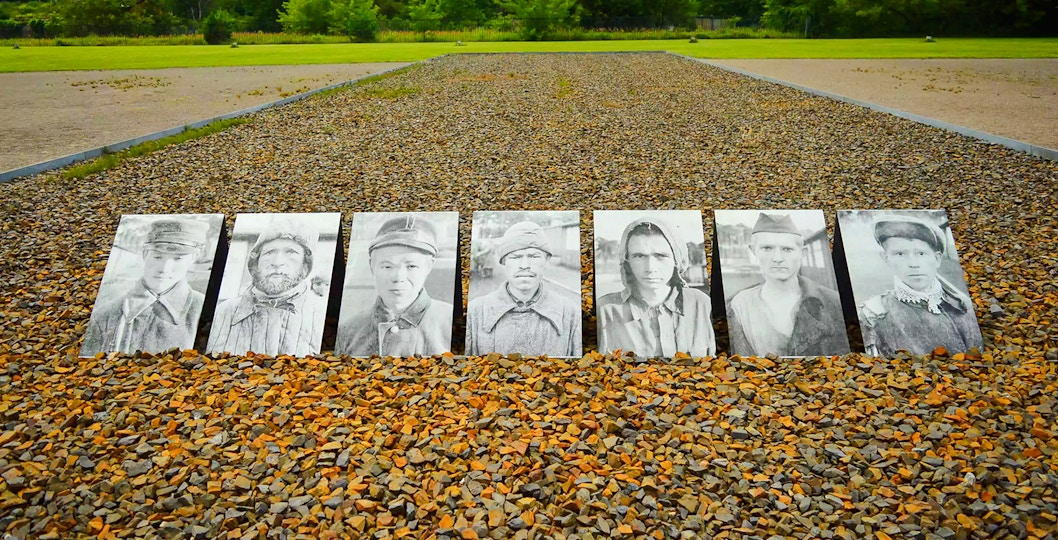
Learn about the chilling history at one of Nazi Germany's first concentration camps from an expert guide.
- Everything you get: Round-trip transport from Berlin to the Sachsenhausen Memorial and Museum in Oranienburg with your historian guide. Visit key areas including a the punishment cells, the Appellplatz, guard towers, barracks remains, memorial monuments as well as the gallows, the burial pits inside the prison, and the gas chambers.
- Why choose this: A guide helps you understand the site's harrowing history, from its architecture to personal stories of the 200,000+ prisoners held here between 1936 and 1945, ensuring respectful, accurate context that you simply can’t get by walking through alone.
- Upgrades: Choose a small group option for more space reflection, time for questions, and deeper insights from your guide, without feeling rushed or crowded.
Learn about the chilling history at one of Nazi Germany's first concentration camps from an expert guide.
- Everything you get: Round-trip transport from Berlin to the Sachsenhausen Memorial and Museum in Oranienburg with your historian guide. Visit key areas including a the punishment cells, the Appellplatz, guard towers, barracks remains, memorial monuments as well as the gallows, the burial pits inside the prison, and the gas chambers.
- Why choose this: A guide helps you understand the site's harrowing history, from its architecture to personal stories of the 200,000+ prisoners held here between 1936 and 1945, ensuring respectful, accurate context that you simply can’t get by walking through alone.
- Upgrades: Choose a small group option for more space reflection, time for questions, and deeper insights from your guide, without feeling rushed or crowded.
Inclusions
- Sachsenhausen Memorial entry ticket
- Museum entry ticket
- Expert English-speaking tour guide
- Small group tour from Hackescher Markt (optional)
What to bring
- Bring along food and drinks for the tour.
Accessibility
- This experience is wheelchair and pram/stroller accessible.
Additional Information
- Together with your guide and group, take a regional train from Berlin to Oranienburg.
- Upon arrival at Oranienburg Station, there’s a 20-minute walk to the Sachsenhausen Memorial—a walk that mirrors the path prisoners once took.
- ABC Day pass is required which is available for purchase at the meeting point.
- You can cancel these tickets up to 24 hours before the experience begins and get a full refund.
Make the most of Berlin
Why visit the Sachsenhausen Concentration Camp?
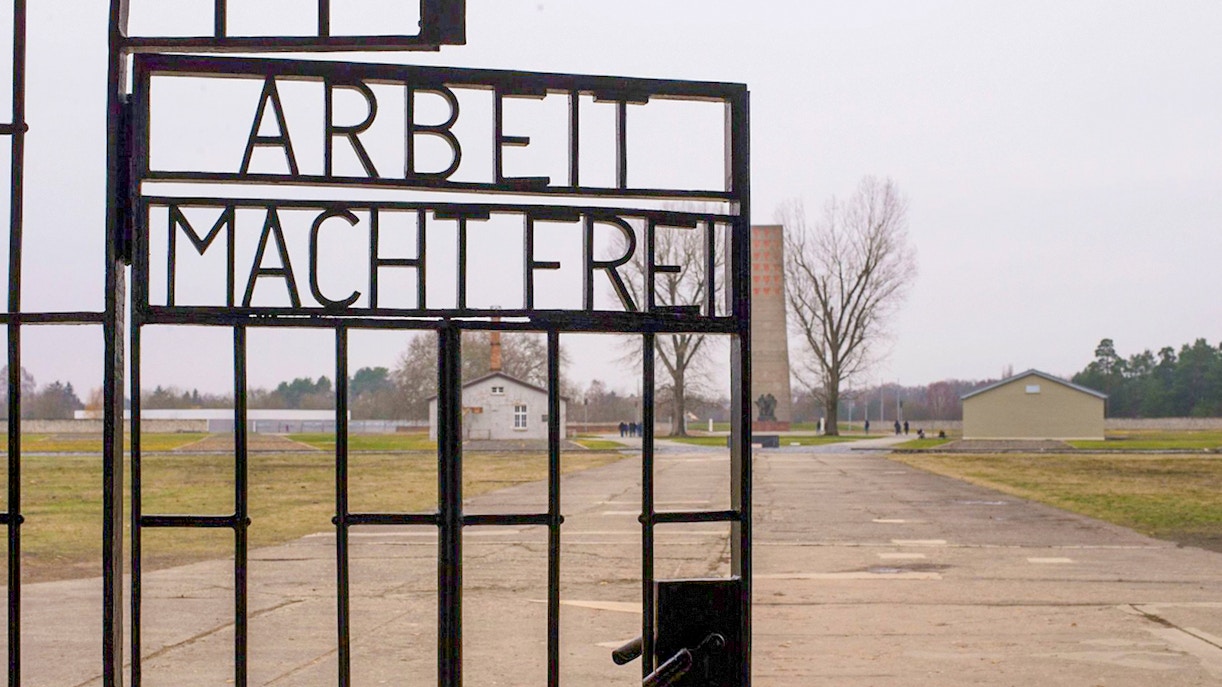
- Unique experience: The Sachsenhausen Memorial Museum is one of the few places in the world that portrays the brutality and atrocities committed by the Nazis during World War II, making it a unique experience and a must-visit landmark in Germany.
- Witness a part of world history: In Sachsenhausen, you can witness the extent of human cruelty that imprisoned and tortured more than 200,000 people between 1936 and 1945.
- Explore the historic site: You can book a guided tour where an expert historian will take you around 37 different themed exhibition areas, such as the barracks, the infirmary, the gas chambers, the gallows, the crematorium, and more.
- Learn about World War II: The museum displays a variety of artifacts, documents, photographs, and films that show the lives of people in Germany and other parts of the world during World War II.
- Pay your respect to the departed: Visit the site of the commemoration of the victims of the Sachsenhausen Concentration Camp, who were brutally tortured and experimented on.
Sachsenhausen Concentration Camp Memorial guided tour tickets
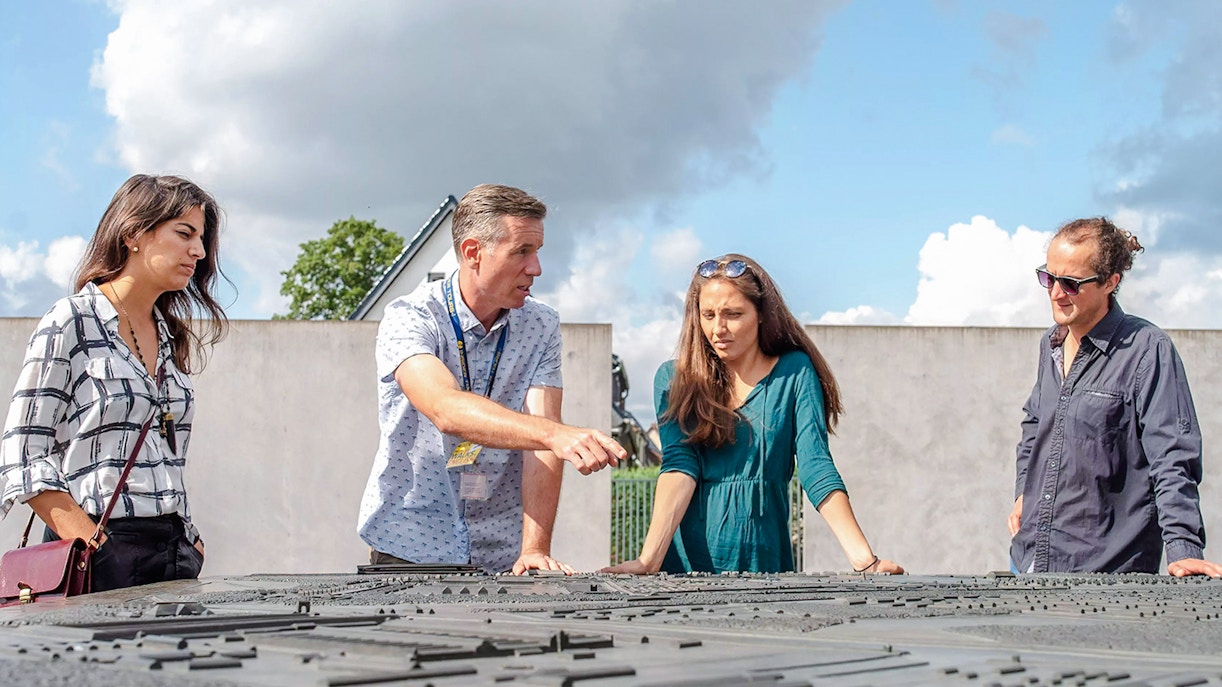
- Book your Sachsenhausen Concentration Camp Memorial tickets to witness the site where more than 200,000 prisoners died from starvation, disease, or extermination by the Schutzstaffel or the SS.
- The Sachsenhausen Concentration Camp Memorial tickets offer guided tours with an expert historian to acquaint you with the areas where death marches took place after the evacuation of the camp in 1945.
- You can choose between an English-guided tour from the Palace of Tears that begins daily at 10am or an English-guided tour from Hackescher Markt that begins on Saturday at 9am.
- The Sachsenhausen Concentration Camp Memorial guided tour includes a visit to the gallows, the punishment cells, the burial pits inside the prison, and the gas chambers.
- Learn about the horrendous atrocities that happened in Sachsenhausen and understand the extent of human cruelty at this Memorial site.
Sachsenhausen Concentration Camp highlights
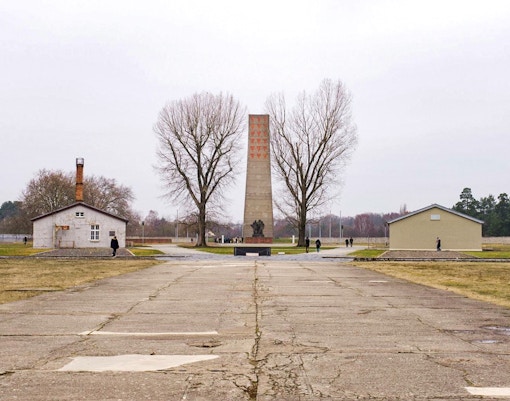
Tower A
The gate of Tower A was the main entrance to the administrative side of the camp, from where everything could be viewed. The exhibition here depicts the various kinds of intemperance shown by the head of the SS, the SS Block Leaders, and other staff towards the prisoners.
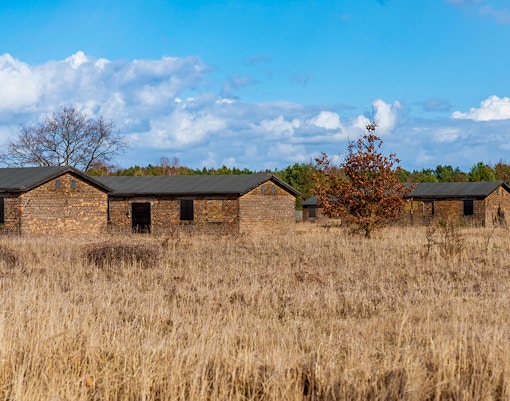
Barracks 38 and 39
Jewish prisoners at the Sachsenhausen Camp lived in Barracks 38 and 39. Parts of the barracks were destroyed in an anti-Semitic firebomb attack in 1992. The museum that stands on the site now, describes their everyday life through the biographies of 20 Jewish prisoners, between the years 1936 and 1945.
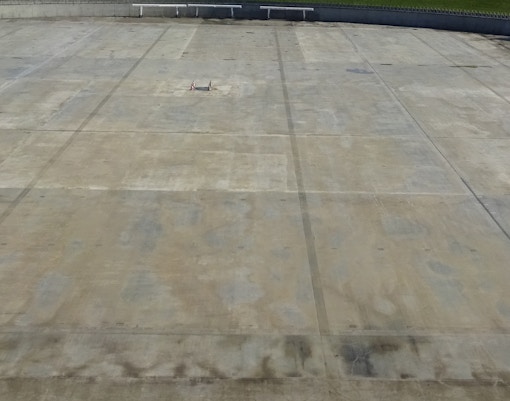
Roll-Call Square
The Roll-call Square or the Appellplatz is where prisoners were counted at the beginning and the end of a day of forced labor. They were made to wait for long hours in the rain and cold, which could be viewed from Tower A. From 1939, it also became the site for public executions within the camp.
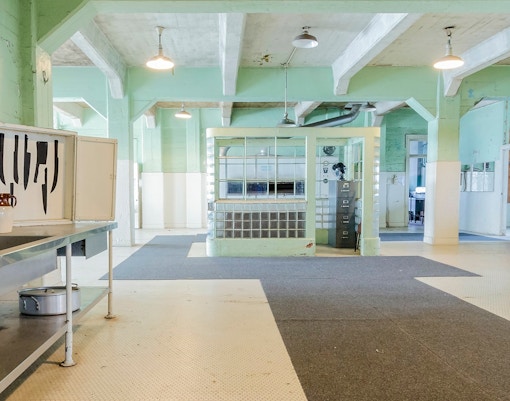
Kitchen Museum
Once the prisoners’ kitchen, it is now a museum to house various devices used to torture the prisoners and their daily use objects. You can also watch a short film about how certain historical developments between 1933 and 1945 affected the Sachsenhausen Concentration Camp, and vice-versa.
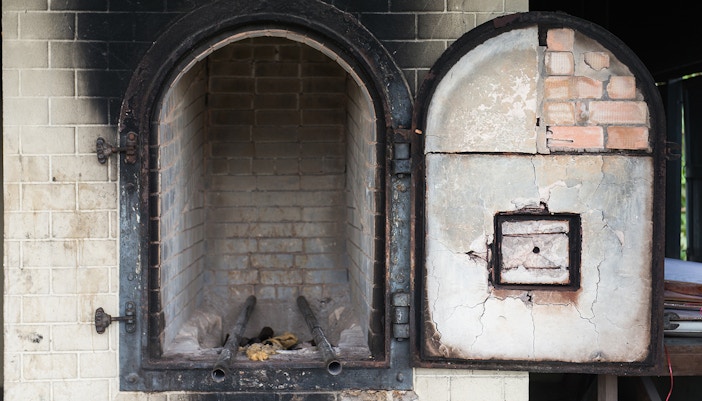
Station Z
Station Z is the area where groups of prisoners were executed stealthily. The station housed the crematory ovens, the area used to dispose of corpses, the gas chambers, and other rooms dedicated to the extermination of prisoners. Today, it is the site of commemoration of the victims of the camp.
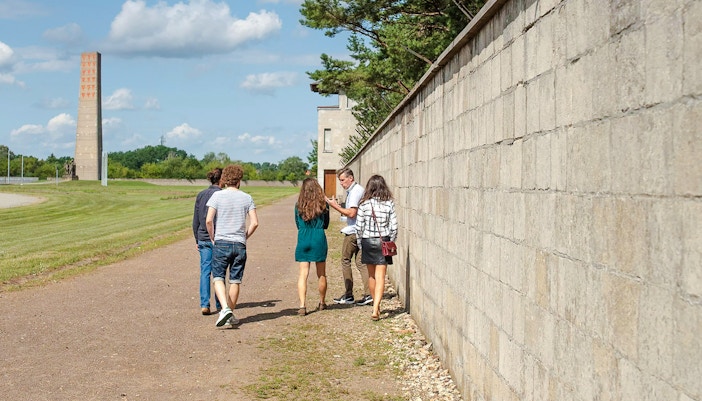
Running Track
It is devastating to know that even the running track at Sachsenhausen Concentration Camp was designed to punish prisoners. Since 1940, prisoners were made to wear army boots and endlessly run around a track comprising a variety of surfaces, to test leather substitutes for the German shoe industry.
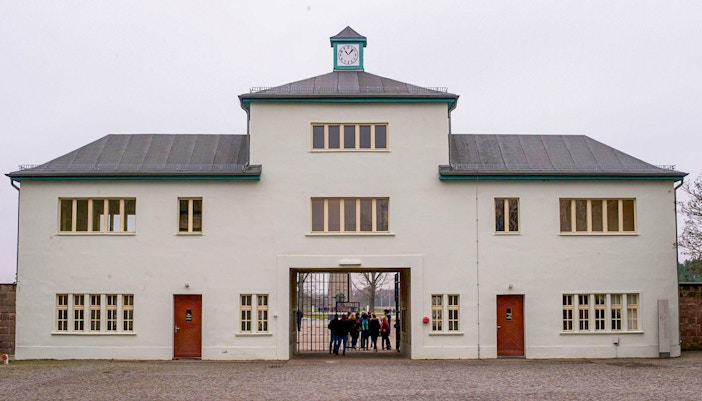
Hospital Ward
The hospital wards of Sachsenhausen were also washed in blood and torture. The infirmary barracks R I and R II were the centers of medical crimes. The exhibition shows those ruthless acts including compulsory sterilization, forced castration, and the various ‘everyday treatments’ given to prisoners.
Your Sachsenhausen Concentration Camp Memorial tickets explained
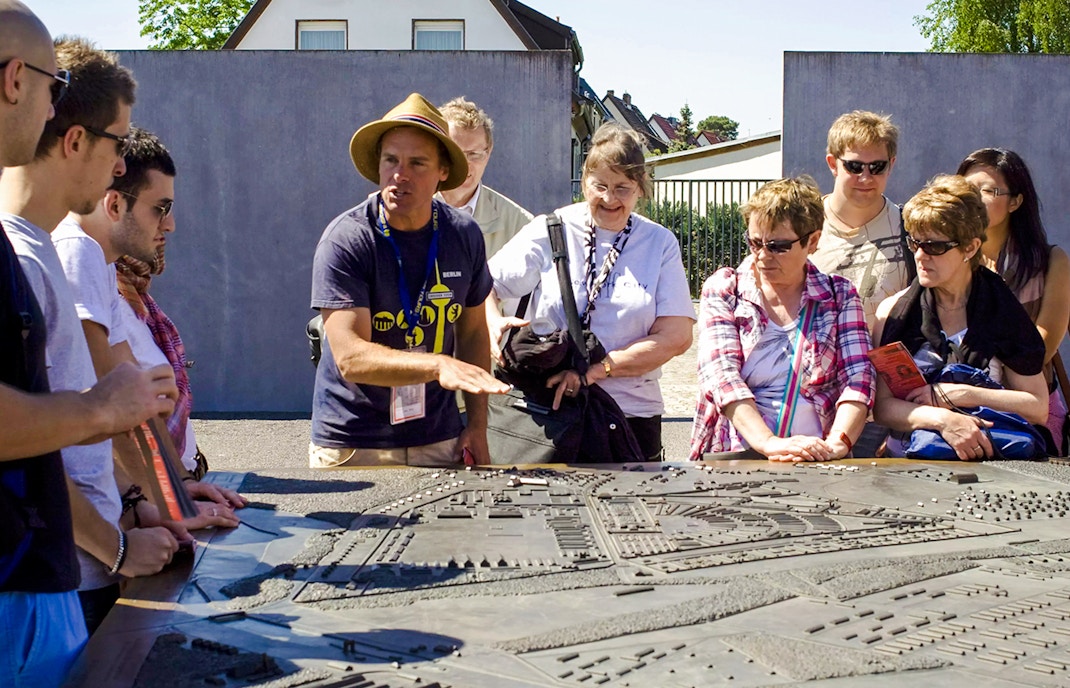
Guided tour from Berlin
- Duration: 6 hours
- Includes: Round-trip transport from Berlin by train, and a guided walking tour of the Sachsenhausen Memorial by an English-speaking guide.
- Why choose this: A cost-effective and convenient option for travelers staying in Berlin. It is a perfect experience if you want historical context and expert narration, but don’t need hotel pickup or a private experience.
Recommended experience: Sachsenhausen Concentration Camp Memorial Guided Tour From Berlin
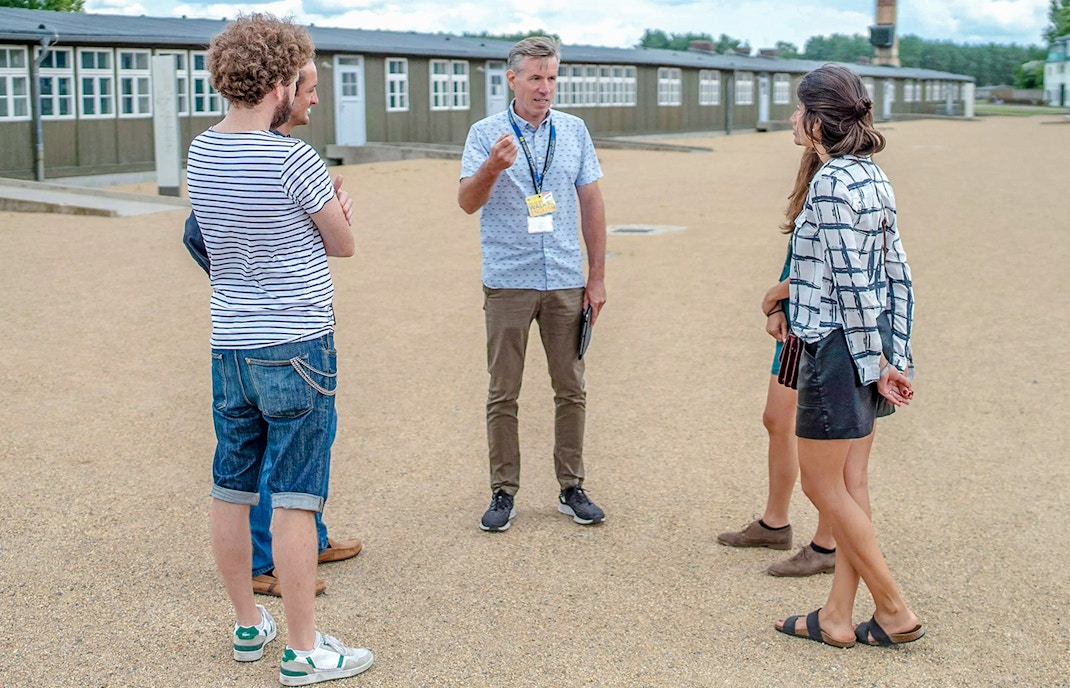
Private guided tour with optional transfers
- Duration: 3 to 6 hours (depending on transfer option)
- Includes: Private English-speaking guide, tailored itinerary, pacing, and optional round-trip hotel transfers from Berlin.
- Why choose this: A more personal and flexible experience, with the option to start directly from your hotel. It’s perfect if you prefer a quieter visit or want to explore at your own pace.
Recommended experience: Sachsenhausen Concentration Camp Memorial Private Guided Tour From Berlin
Plan your visit to the Sachsenhausen Concentration Camp
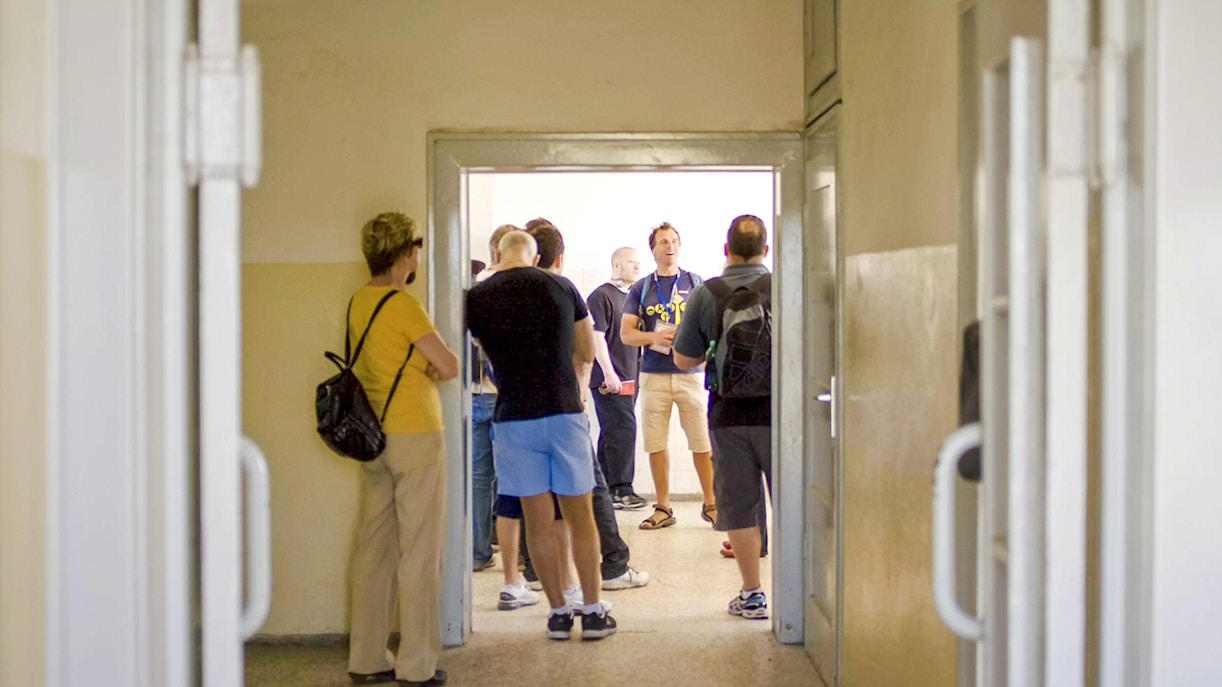
- Visitor information centre: Open daily from 8:30am to 5pm
- Outdoor areas and exhibitions:
- From March 31 to October 26: 8:30am to 6pm
- From October 27 to March 30: 8:30am to 4:30pm
- Note: Indoor exhibitions are generally open from 11am to 3pm and are closed on Mondays during winter months.
- Audio guides are available in nine languages (English, German, Spanish, French, Italian, Dutch, Portuguese, Russian) for €3.50 each (€2.50 for groups).
- Best time to visit: The best months to visit the Sachsenhausen Camp Memorial are from May to September, when the city is ideal for sitting in cafes and leisurely strolling. If you want fewer people, try reaching the site before 10am.
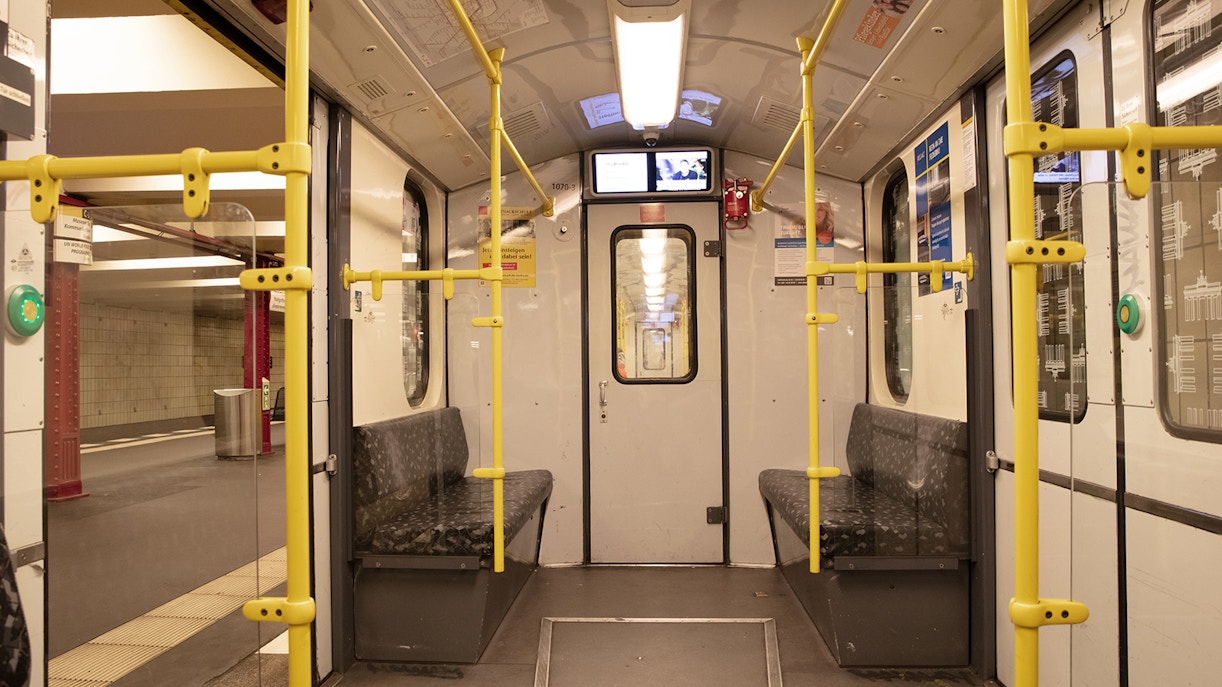
Address: Str. d. Nationen 22, 16515 Oranienburg, Germany
- By metro: S-Bahn line S 1, Wannsee to Oranienburg
Nearest stop: Oranienburg - By train: RE 5, RB 12, RB 20
Nearest stop: Oranienburg - By bus: 804 and 821
Nearest stop: Gedenkstätte - By car: The distance from Modellflugclub Neuholland Airport is 22.9 km and the distance from Berlin Brandenburg International Airport is 65 km.
Nearest parking: Sachsenhausen Memorial Camp

- Most outdoor paths are wheelchair accessible; however, indoor access is limited.
- The experience is not suitable for children under 12. It is best suited for ages 14 and up due to the sensitive subject matter.
- On-site facilities include restrooms (with changing tables), a café inside the New Museum, and lockers for medium-sized bags.
- Large luggage, pets (except guide dogs), and bicycles are not allowed.
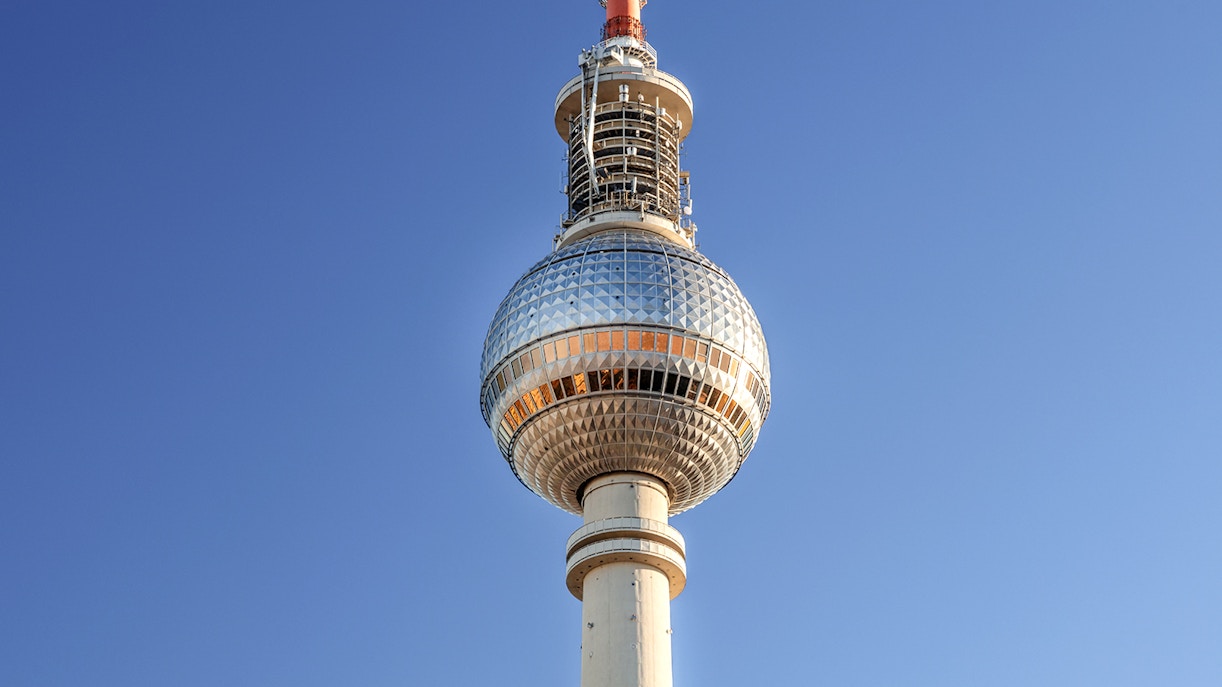
- TV Tower: Enjoy breathtaking views of Berlin from a high vantage point up at the Berlin TV Tower. Dine at the revolving restaurant or have a few drinks at the observation deck, while enjoying the best panoramic views of the city.
- Berlin Wall Museum: Learn more about the Cold War, the history of Berlin, and the rise and fall of the Wall at the Berlin Wall Museum, through exhibits, film presentations, and documents displayed in 13 different themed rooms.
- German Spy Museum: Explore the history and evolution of foreign espionage, codes, and secret hacking techniques at the German Spy Museum.
- Legoland Discovery Centre: Head to the Legoland Discovery Center in Berlin and get a tour of the Lego factory. You can also build things in the indoor park, admire the Lego miniatures of Berlin’s landmarks, visit Ninjago City, and create a memorable family outing.
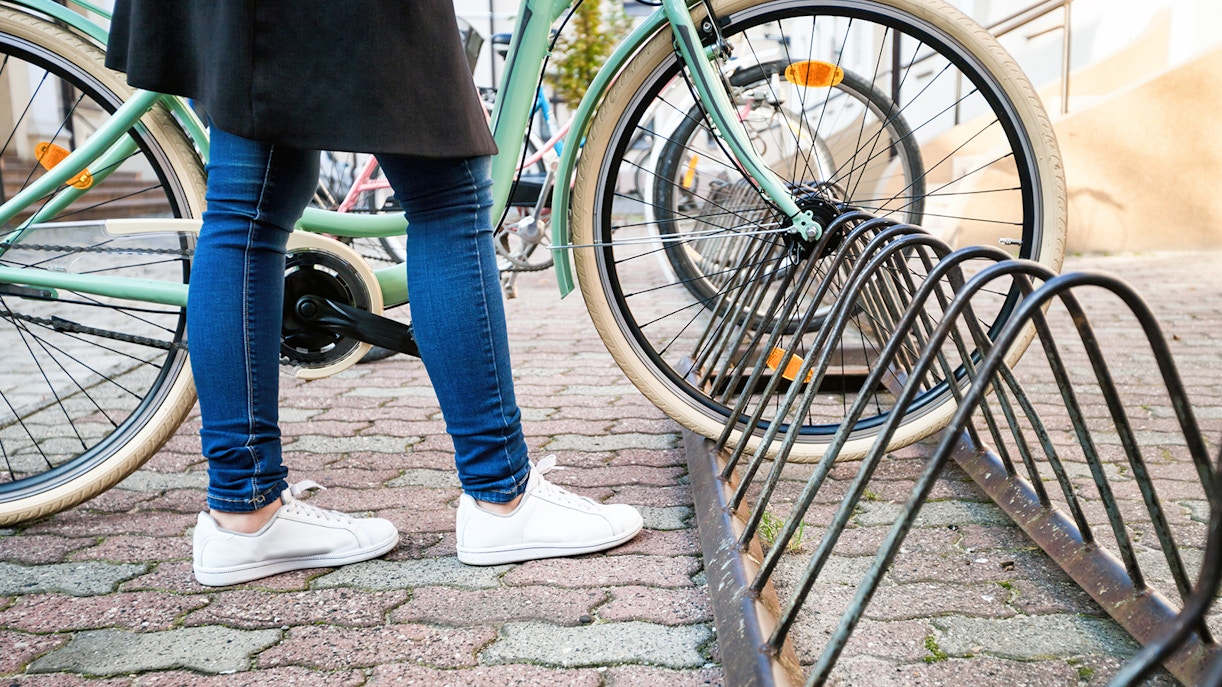
- Wear weather-appropriate clothing and sturdy footwear, as most of the visit involves walking outdoors.
- You can download the “Dingen auf der Spur” mobile app for an interactive experience linked to objects on display.
- A 30-minute documentary film is screened on-site (available in English, German, French, and Spanish). Quiet areas are available for personal reflection.
- Public transport tickets need to be bought, and an ABC zone ticket is required, which can be purchased from the meeting point on the day of the tour.
Frequently asked questions about the Sachsenhausen Concentration Camp tour
Take the S1 S-Bahn from central Berlin (e.g., Friedrichstraße) to Oranienburg station (about 45 minutes). From there, it’s a 20-minute walk or a short ride on bus 804 or 821 to the memorial entrance.
No, entry to the memorial and exhibitions is completely free. Audio guides and guided tours are available for a small fee or as part of full-day packages from Berlin.
A self-guided visit takes at least 2–3 hours. If you’re joining a guided tour from Berlin with transfers, expect a 5–6 hour round trip.
Due to the memorial’s sensitive content, it is not suitable for children under 12. Teenagers 14+ may gain more from the experience with proper context and guidance.
The memorial grounds are mostly accessible, with flat walking paths throughout the outdoor areas. However, some exhibition spaces may have limited access. Contact visitor services in advance for specific accessibility needs.
Pets are not allowed on the memorial grounds, except for certified service animals.
Photography is generally allowed in outdoor spaces, but should be respectful. Some indoor exhibitions may restrict photography—watch for posted signs.
There is a small café inside the New Museum building. For a longer visit, bring your water and light snacks.











